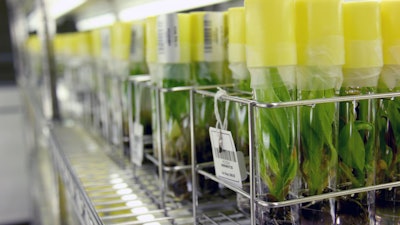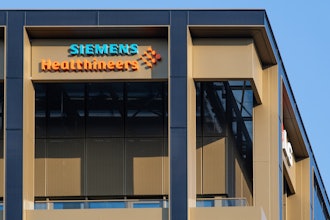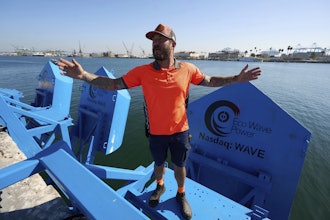
For 30 years, the University of Leuven, Belgium has been home to an impressive collection of bananas. It already contains more than 1,500 varieties and it is the biggest of its kind.
The collection is recognized as world heritage and will soon be expanded with another food crop: 8,000 potato varieties from the International Potato Center (CIP) in Peru are coming to Leuven.
"Here in Leuven, we have 1,536 of the estimated 2,000 banana varieties," says Professor Rony Swennen of the KU Leuven Laboratory of Tropical Crop Improvement, which manages the banana collection. The collection now falls under the umbrella of the United Nations as the Bioversity International Musa Germplasm Transit Centre (ITC).
To preserve this many varieties, the bioengineers use a cold chamber - containing test tubes with small banana plantlets of 3 to 4 centimeters -- and cryotanks with plant stem cells in liquid nitrogen at a temperature of -196 degrees Celsius. "By using this method of cryopreservation, we can preserve the stem cells for hundreds of years and even regenerate them to a normal plantlet," Swennen adds.
The CIP manages a collection of potatoes, sweet potatoes and other tuber and root crops from the Andes, and is convinced of the success of the technology used in Leuven.
"[CIP] also uses cryopreservation to preserve potatoes and will soon send us a copy of their own collection of 8,000 potato varieties," Swennen continues.
Cryopreservation can also be used for many other plants. "You can apply this technique to all plants that don't produce their own seeds, such as most bananas, or plants whose seeds are difficult to stock, such as coconuts. By doing so, you could build a counterpart to the Svalbard Global Seed Vault, the world seed bank on the Norwegian island of Spitsbergen."






















